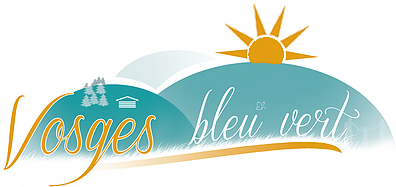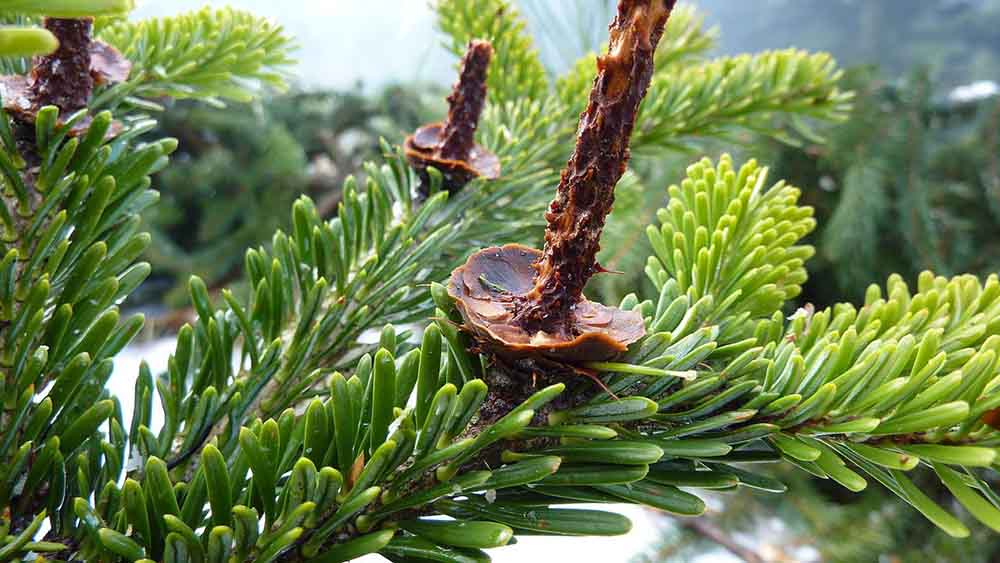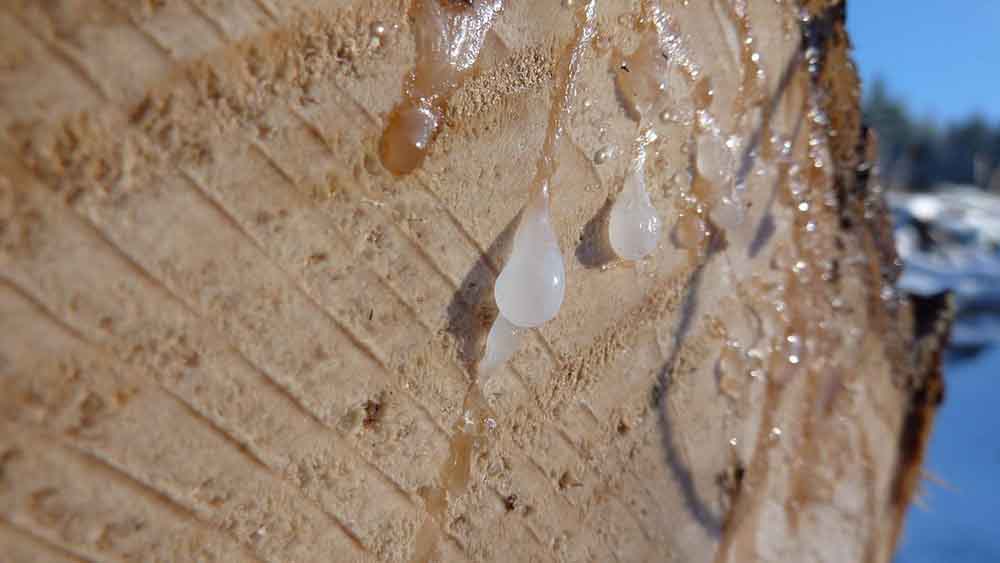What is a log-cabin ?
First of all, the word log-cabin comes from cask which designates a tree trunk. A log-cabin is a tree trunk intended to make a rough log cabin. When the wood is machined, it is called plank.
A log-cabin, it is also the name given to any construction realized with log-cabin … logical no! As she is beautiful, so it’s feminine (sic).
What wood to build a log-cabin?
To make a log or log cabin, use a resistant, coniferous wood that has a conical shape and that allows easy nesting.
This type of wood also has exceptional mechanical characteristics in horizontal position recognized for a long time: “upright oak, fir lying for eternity” or “standing oak, fir with crooked carry the universe”.
Some use larch or douglas, wood with a very strong heart (also called duramen or wood perfect or in the Vosges: black wood, “nar beu”) but whose sapwood located on the outskirts (also called soft wood or locally wood white, “bianc beu”) is vulnerable to bad weather.
One of the most favorable woods for this type of construction is undoubtedly spruce. It has an almost homogeneous texture more stable resistant to changes in hygrometry. Formerly, in the Vosges mountains, wooden shingles (called “essis” or “essains”, old French “aix” which means board) were also made of oak or spruce.
But the wood, whatever it is, resists little in time to the bad weather, that is why it is necessary to protect it with vast eaves: it is one of the architectural characteristics of the log-cabin.
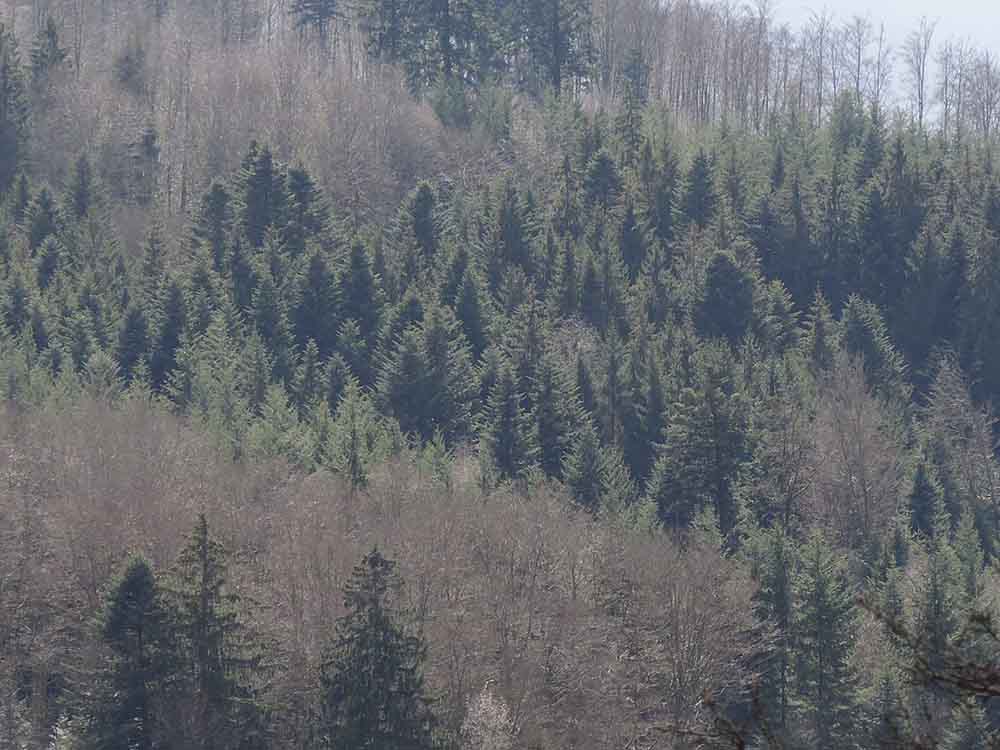
Which trees to choose?
The type of wood selected, it is necessary to choose the trees according to certain precise criteria. The chosen wood must come from the geographical construction sector because it is accustomed to the climatic constraints that are specific to each region: it is called native or native wood.
The trees must also be at least 40 years old and be as rectilinear as possible. Thus, the most propitious trees are those that have grown “dominated” by others to grow faster. The latter forced them to push tightly but slenderly in order to be able to seek the light in height essential to their survival.
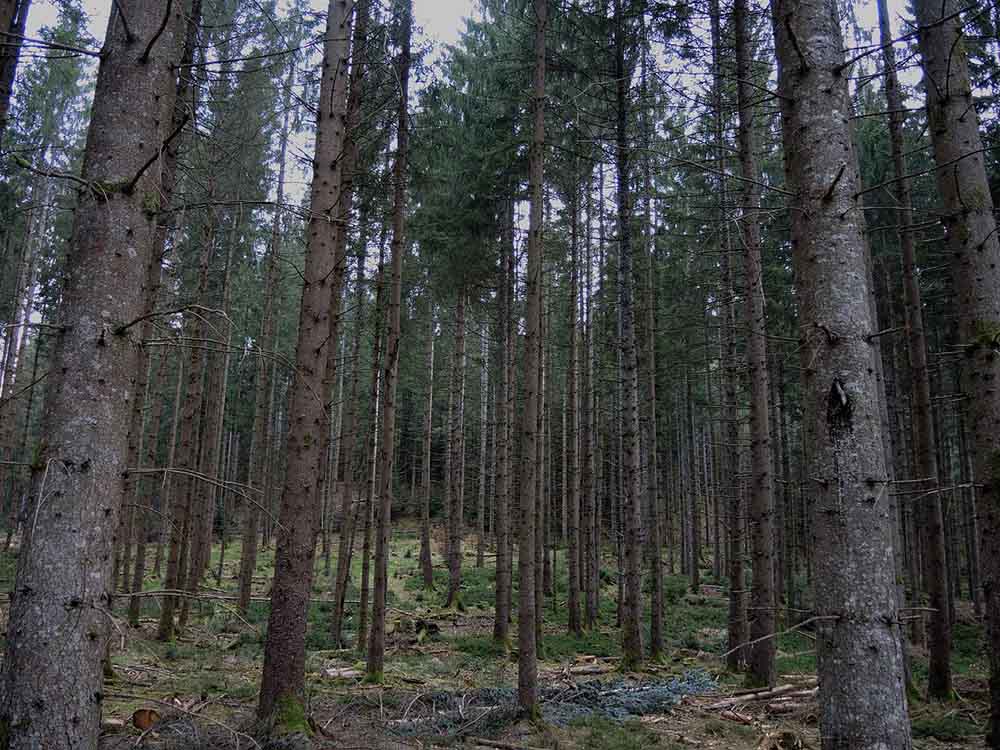
The birth of the project:
A few years ago, we did not think for a moment to realize such a type of construction that is not traditional in our Vosges …. But we had the wood!
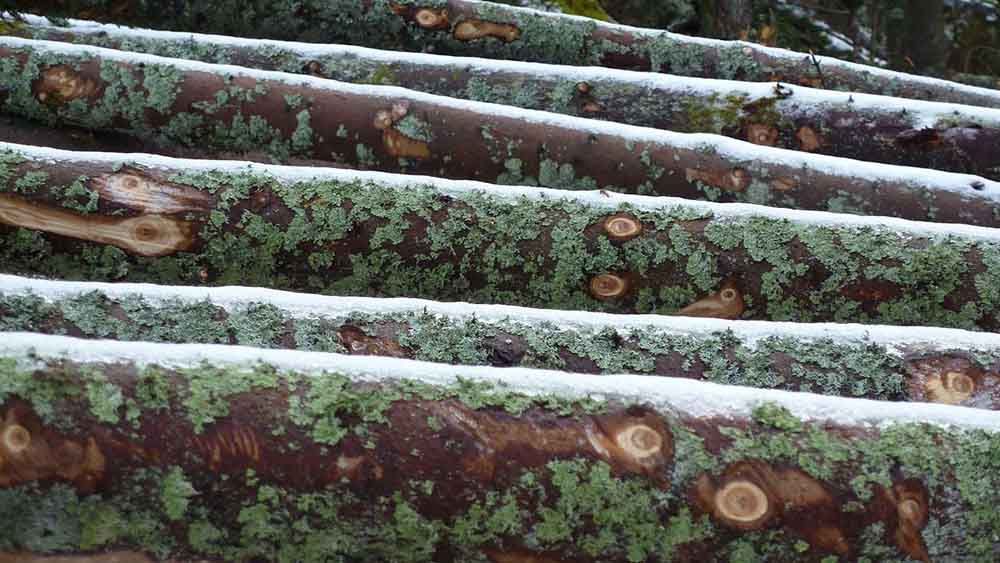
To be continued…
